Thoughts about…
Staying Put and Building a Life
September includes two important dates for me. The first is my birthday and the second is my anniversary of moving to Lake Tahoe. At this point in my life, I find that the latter feels like the more important milestone. This is probably because prior to arriving in Tahoe, I moved around a lot. So staying in one place for 17 years is definitely a record for me.
These twin anniversaries provide reason enough to spend a moment each fall to take inventory of my life. During this period of reflection, I not only contemplate the fact that I’m getting older but also this idea of living in one place and building for the long-term.
Reflection can be a tricky thing, though, especially if you stick around one location for an extended period of time. I say this because it’s so easy to get wrapped up in all of the external changes that’ve occurred during your stay. In some respects, you could call it the “locals’ syndrome.”
If I really wanted to let the inner local in me manifest, for example, I could chew your ear off all day long about the increased development and tourism here in Tahoe which has led to the adverse transformation of our neighborhoods as we march toward gentrification. I could list all of the businesses that have come and gone in the past 17 years. Or, I could lament the unpredictable weather patterns, lack of a consistent Sierra Nevada snowpack, and increased frequency of wildfire smoke in the Tahoe Basin every summer. And that’s just for starters, mind you.
But I don’t want to be that old curmudgeon yelling “back in my day…” at anyone who’ll listen. The world population has sky rocketed from 4 billion people to nearly 8 billion just in the last 48 years (i.e. during my lifetime). There’s not a single place on Earth that hasn’t dramatically changed during this time. So pointing out the differences between now and then, and then complaining about them, just isn’t helpful to anyone.
Another pitfall of reflecting upon your life is that you can find yourself swallowed by regret once all of those “what if’s” and “what could’ve beens…” and “should’ve beens…” start to rear their ugly heads.
For example, I could waste a lot of time and energy mentally cataloguing all of the poor decisions that I’ve made or opportunities that I’ve squandered over the years. Or, I could list every project or goal that I neglected or failed to complete. If I wanted to dive deeper into that hole of despair, I could dwell on the various relationships (friendships and romantic interests) that ultimately fell by the wayside. Pay no mind to the fact that there are a million normal reasons that relationships often don’t last. When you start to add them up, though, it can feel overwhelming.
Hindsight is always 20/20, yet never worth humoring for very long because it’s all just fantasyland. Of course, this doesn’t mean that we can’t learn from the past or shouldn’t enjoy reminiscing about our personal histories. We just need to guard against dwelling in the past for too long, lest we become trapped in our memories and unable to see our present situation. The bottom line is that we can’t afford to become mired in thinking only about what’s behind us if we’re to move forward in life.
Everything changes whether we like it or not. Life carries on with or without us. For better and worse. Period.
So, when I reflect upon my life, instead of focusing on those external factors that I can’t control or the bad decisions that I can’t take back, I choose to consider the changes that’ve occurred within myself.
For example…
- Have I become more compassionate or cruel?
- Have I embraced forgiveness or have I doubled down on old grudges?
- Am I cultivating healthy relationships in order to build something meaningful, and to ease the burden and share the load? Or, am I exploiting those relationships so that I can gain some sort of advantage (in life)?
- Am I learning new skills and finding alternative solutions to solving old problems? Or, is the way we’ve always done it good enough?
- Am I listening to points of view other than my own with an open mind? Or, do I only listen to the opposing argument so that I have more ammunition to use against my adversaries?
- Am I contributing enough, whether that be time, skills, or money, to the things that are most important to me? Or, do I take them for granted because they’re somebody else’s responsibility and I’m just here to have fun?
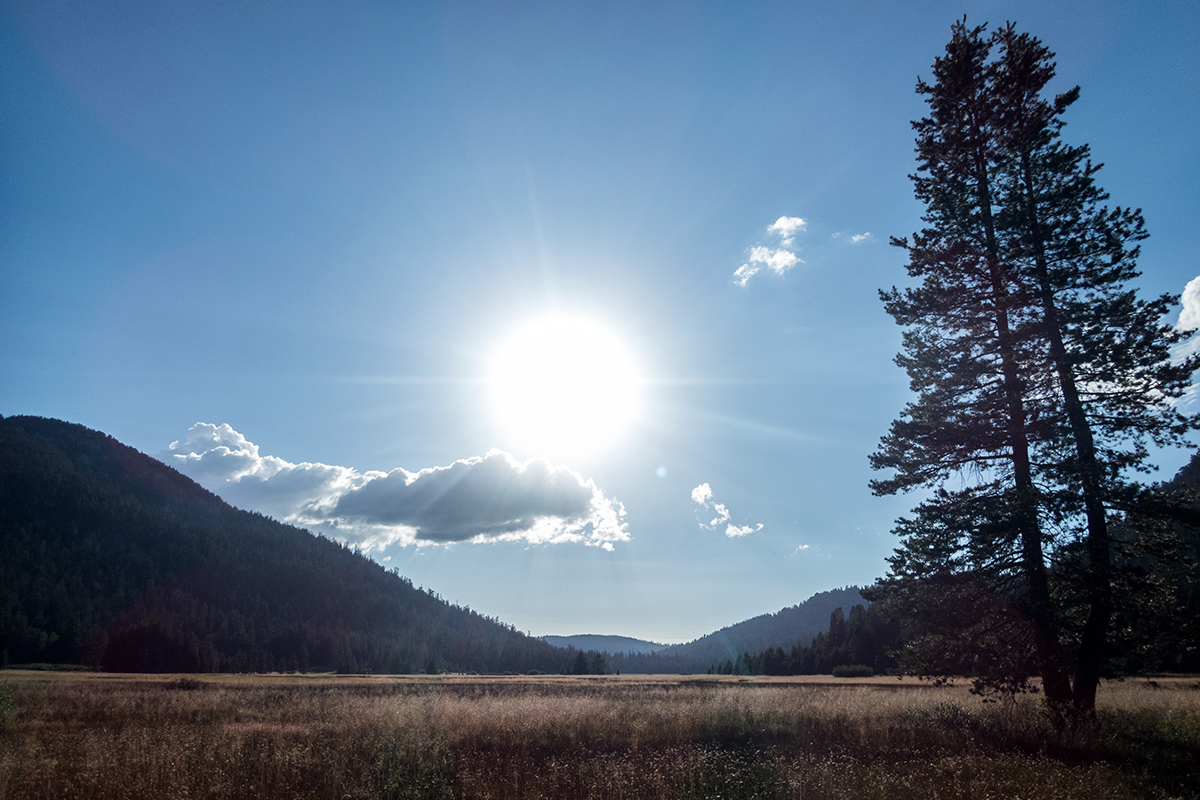
I usually get photos of this particular location in the winter when everything is covered in snow. View of Grass Lake on August 8, 2022. © Jared Manninen
Probably the most important question that I ask myself, however, is whether or not I’ve become complacent. And if I have, to what degree?
Complacency is the most challenging mental trap to defend against whenever we engage in routine. In my opinion, complacency is the natural progression or direct result of routine. And, for better or worse, routine plays a greater role in our lives the longer we remain in a place or in a career.
That’s not to say that routine is inherently bad. In fact, routine enables us to manage our day-to-day lives and activities. Without it, at some point, we’re going to fall behind and miss our deadlines, appointments, and commitments. The consequences of such errors can range from a minor irritation (people waiting on you) to a catastrophic failure (loss of your job or worse). So, routines are necessary.
They also provide a time constraint or framework from which we can operate. Knowing how much time we have to complete a task helps us to manage our time more wisely than, say, having all the time in the world. In the latter case, we tend to put those tasks off until the bitter end because, hey, we got plenty of time…
But the downfall of too much routine is that our lives become reduced to a series of pre-established patterns of behavior. Ah, yeah, routine! We drive the same route at the same time of the day to the same job where we perform the same work with the same co-workers. Then, when the work day is complete, we reverse the order of that routine so that we can arrive at home in time to begin our evening routine.
The further we become entrenched in a long-term lifestyle, the more difficult it becomes to avoid succumbing to a life of complacency. So, we need to be consciously searching for inspiration and meaning every day. If we don’t make it a habit to reinvent the way we see the world around us, by periodically mixing up our routine, everything eventually just becomes wallpaper.
I know it sounds ridiculous that Tahoe could ever be reduced to the likes of wallpaper. However, living anywhere for 17 years will challenge even the most enthusiastic of cheerleaders to keep their spirits up after performing the same routine year after year. I’m no exception. There have been plenty of times over the years that I’ve just put my head down and did what I needed to do to get through the day. I don’t regret this behavior. At the same, I don’t want it to be the norm.
This is why I participate in activities such as the bird and wildflower Big Years, as well as becoming involved with local historical and educational organizations. They encourage me to learn about unique aspects of Lake Tahoe, for example, which then helps me to see the place from those new perspectives.
So as I reflect upon turning 48 and celebrating my 17th year of living here at Lake Tahoe, I have to admit that I like where my life is going. I also have to express my gratitude for you, because without your friendship and support my life wouldn’t be nearly as fulfilling 🙂
Now that the summer is coming to a close, I’ve dialed back my searches for new plant and wildflower species. And, what a relief! Although it’s been a super rewarding experience, the commitment required to participate in a Big Year is great. There’s just no two ways about it once you decide to go all in.
At this point, however, I should be able to maintain my second place finish. That is, unless somebody on the leaderboard has been sandbagging (i.e. waiting to post dozens of observations). haha! I doubt it, though.
That said, most of us have at least a few backlogged observations that we need to ID and post. I’m hoping that I can add at least a few more species to my final tally once I comb through my photo albums from this season. Again, it’s a Big Year, so as long as we post our observations before December 31, 2022, it’s all fair game 🙂
Anyway, here are the current standings for those of you who are interested… 2022 Tahoe Wildflower Big Year.
As I publish this newsletter, the Mosquito Fire (Foresthill. CA) is blazing across the west slope and covering the region in smoke. So, I’m dialing back my pre-season workout routine so as not to completely destroy my lungs (from breathing in more wildfire smoke than I have to!). However, if you’re not currently being choked out by wildfire smoke, here’s a video I produced last summer with some balance and agility exercises that will help you prepare for the upcoming cross-country ski season.
Most of the exercises featured in this video will help you develop balance on one leg. Being able to balance on one leg is absolutely critical to executing proper cross-country ski technique, whether you’re classic (aka diagonal striding) or skate skiing. This is something often misunderstood by people new to xc skiing — this concept of being on one leg/ski at a time. But, realistically, when performing proper xc ski technique you should be spending the majority of your time on one leg (during the push-off and glide phases). So, again, learning to balance on one leg by properly aligning your ankle, knee, and hip (each leg) is extremely important and something that takes time to embody.
All of that said, only perform exercises appropriate for you. For example, if you have compromised ankles, knees, or hips, first consult your physician before incorporating any of these exercises into your workout program.
I’m planning to finally publish a series of articles on Tahoe Trail Guide featuring information and stories about the Donner Party. Before I do that, though, I need to make it through September! So, I’m hoping to start hitting the “publish” button sometime in the beginning of October. And then I’ll release more articles over the course of the winter. I’ve actually been working on this series of Donner Party-related articles for many years, but I’ve never had a clear vision as to how I wanted to present them until now. So, stay tuned!
In the meantime, here are a handful of articles I’ve written about buying cross-country skis (for newer skiers). I know it feels early, particularly considering wildfires are ravaging the western half of the country (as I write this). However, this is the time to start thinking about buying gear because most outfitters and outdoor retailers hope to sell off their winter inventory by … Christmas! Those outfitters will receive their winter gear any time between September and November. And I guarantee that they’d much rather sell it sooner than later.
So if you’re in the market for new xc ski gear, read the following articles and then get back to me with any/all questions that you may have. Keep in mind, however, that these articles are broad in concept and that I don’t recommend specific gear or brands. I prefer to deal more in universal principles and approaches than with specific components of gear. However, once you refine your search down to specific brands/styles of gear, I can provide some additional assistance on making your final decision.
Thanks for being a part of my life. Until next time…
-Jared Manninen
Tahoe Trail Guide is an online resource for hiking, backpacking, cross-country skiing, and snowshoeing in the Lake Tahoe region. In addition to trail data, I offer backcountry “how-to” articles and information about the local and natural history of Tahoe. Tahoe Swag is a collection of art and design products I create based on my love of the outdoors and appreciation for Lake Tahoe and the surrounding Sierra Nevada Mountains.
If you like any of the images I post in these newsletters, please contact me. I’d be more than happy to upload them to my RedBubble account so that you can order prints and other merchandise featuring the images.
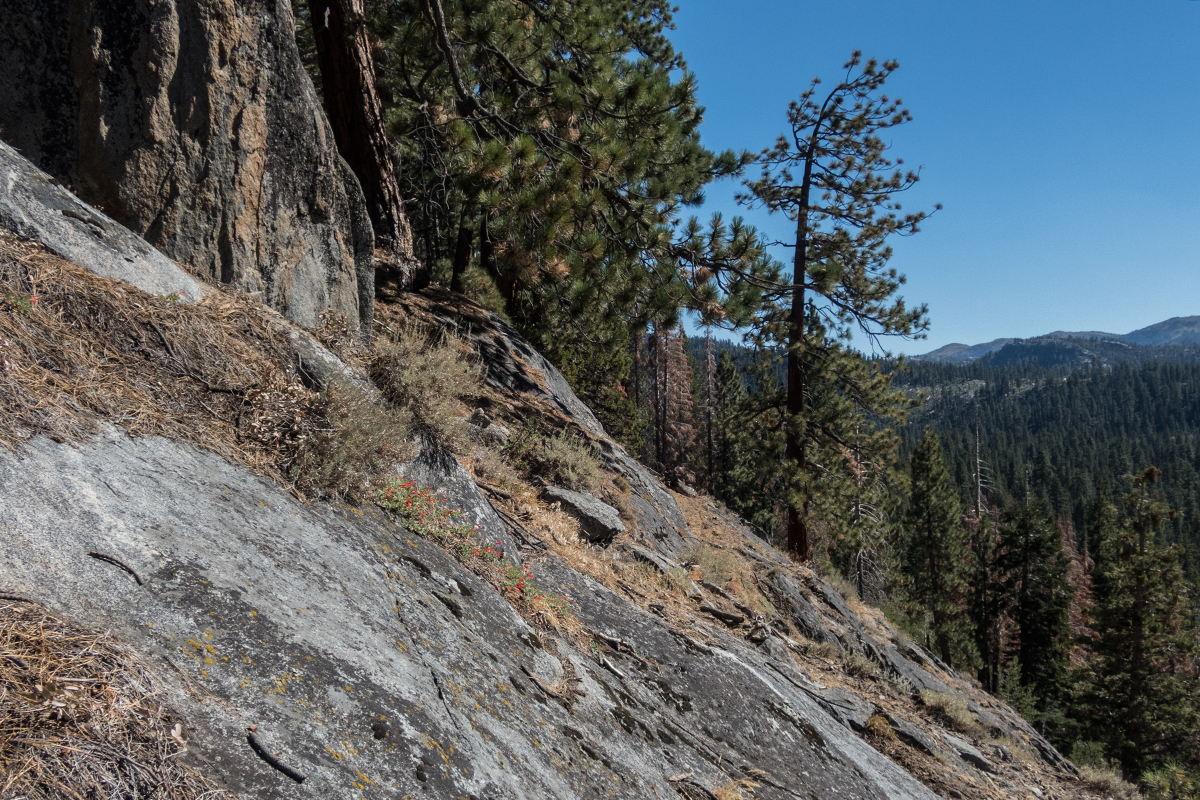
Targeting some specific plant species (like the patch of California Fuchsia left of center) as the wildflower season comes to a close on August 30, 2022. © Jared Manninen
A Note about Patreon and PayPal…
Patreon (orange button) is an online platform for providing financial support to creators who provide quality digital content that’s otherwise free. I offer various subscription tiers starting at $3. And all subscription tiers from $6 and up will receive original artwork after six consecutive months of contributions. The button directly below the Patreon button is a way in which to provide a one-time payment via PayPal (if subscriptions aren’t your thing).
My newsletters here on JaredManninen.com, the articles that I publish on Tahoe Trail Guide, and the videos I upload to YouTube will always be free. But if you’re interested in contributing to the health and longevity of my websites and YouTube channel, consider subscribing. Even a little goes a long way 🙂
Last Month’s Newsletter (aka Recap in Video Format!)
To broaden my audience and get more mileage out of these newsletters, I’ve begun to adapt them into short videos for YouTube. I’ll incorporate short video clips into these recaps whenever possible as I do often capture nature videos when I’m outdoors (but don’t use the footage anywhere else). Essentially, I want to make two different presentations with a minimal amount of extra work rather than just creating a 1-to-1 adaptation of these text and photo versions of my newsletters.

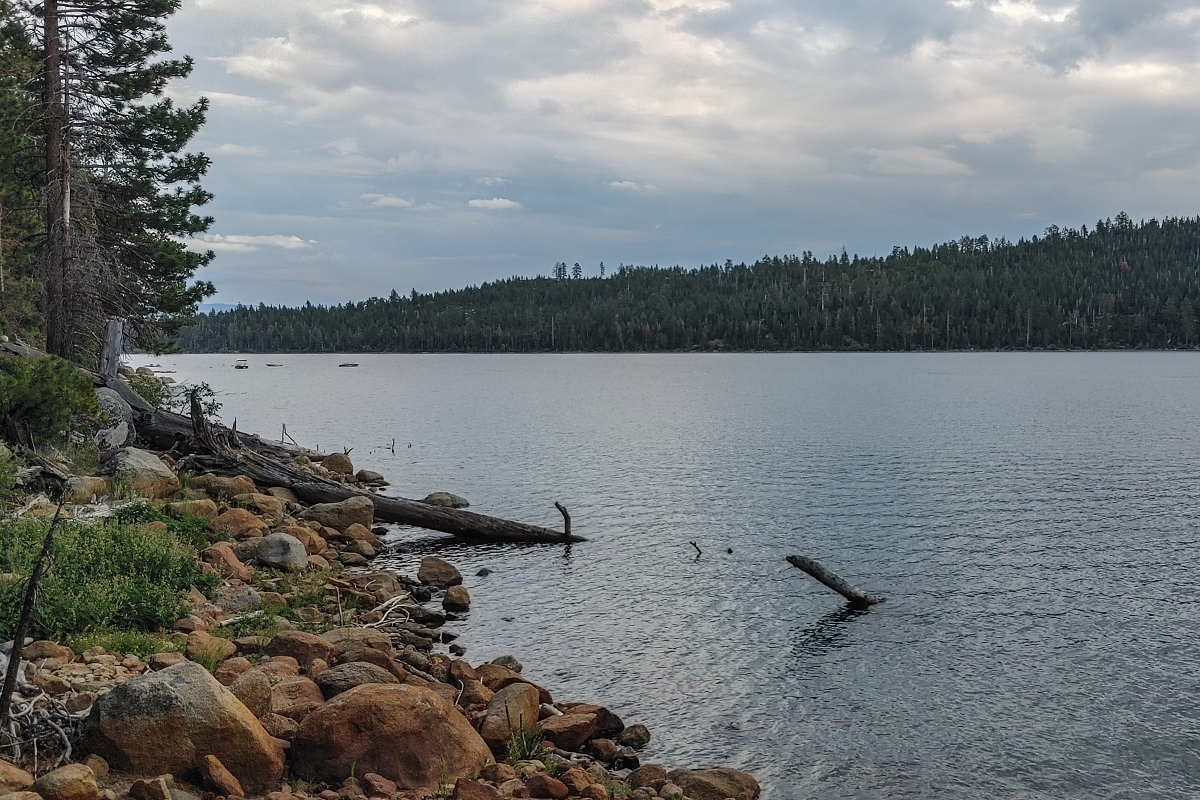
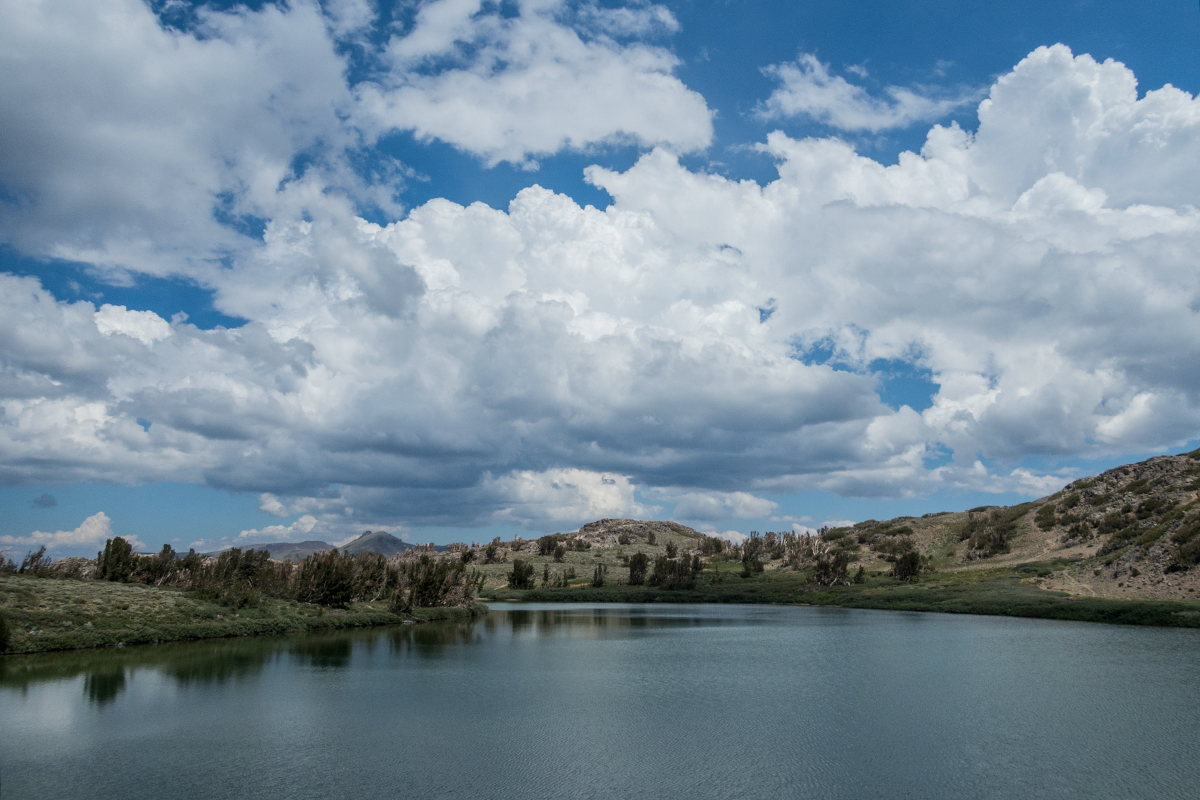
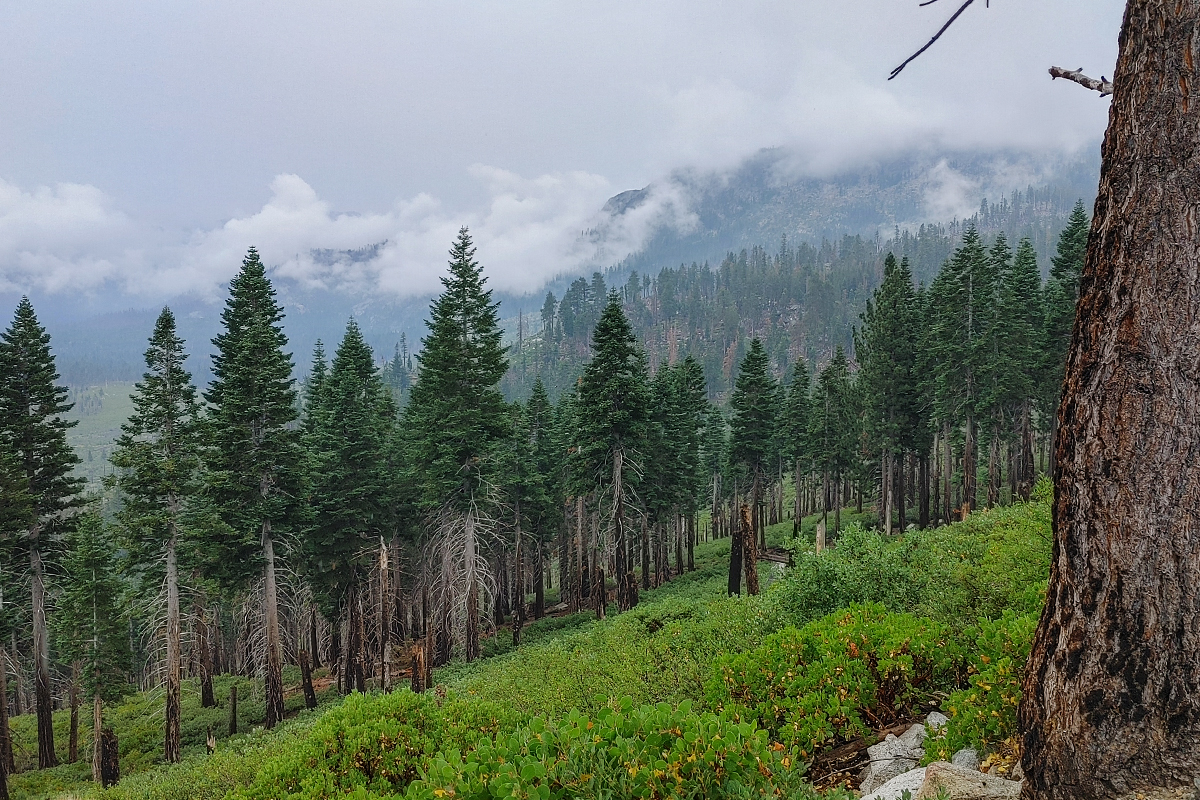
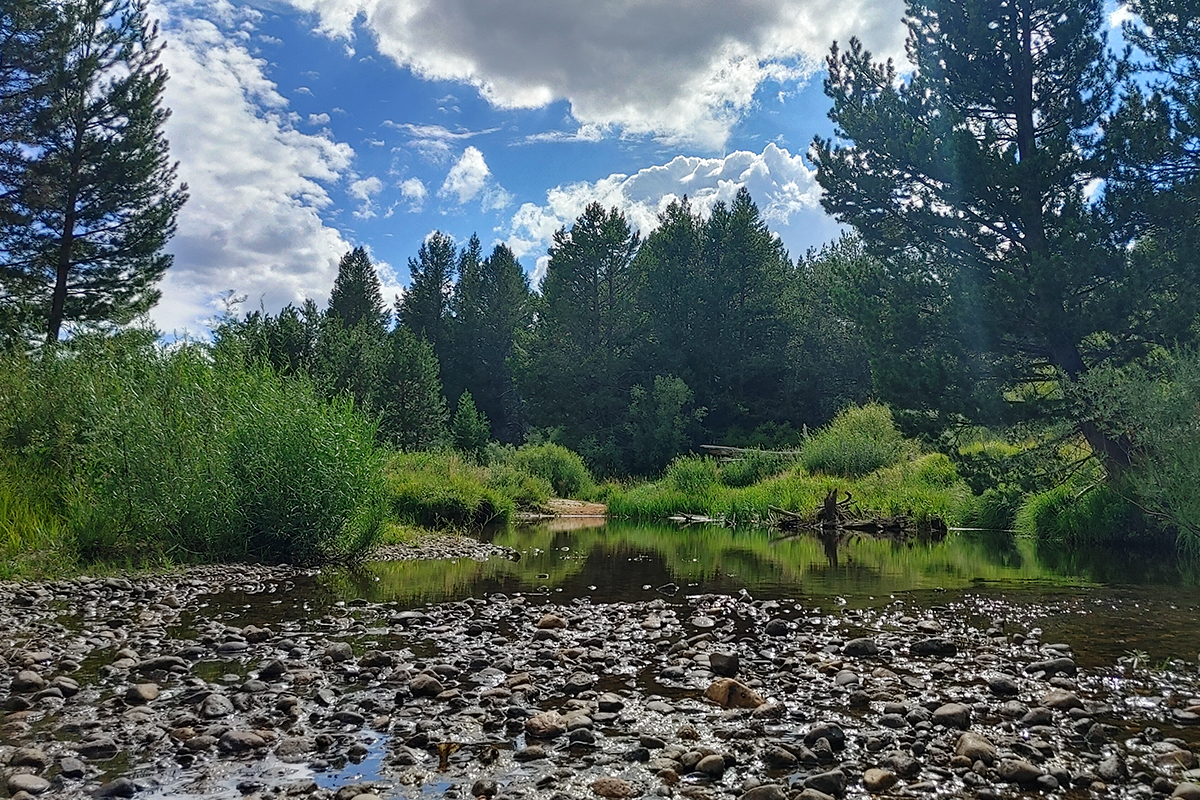

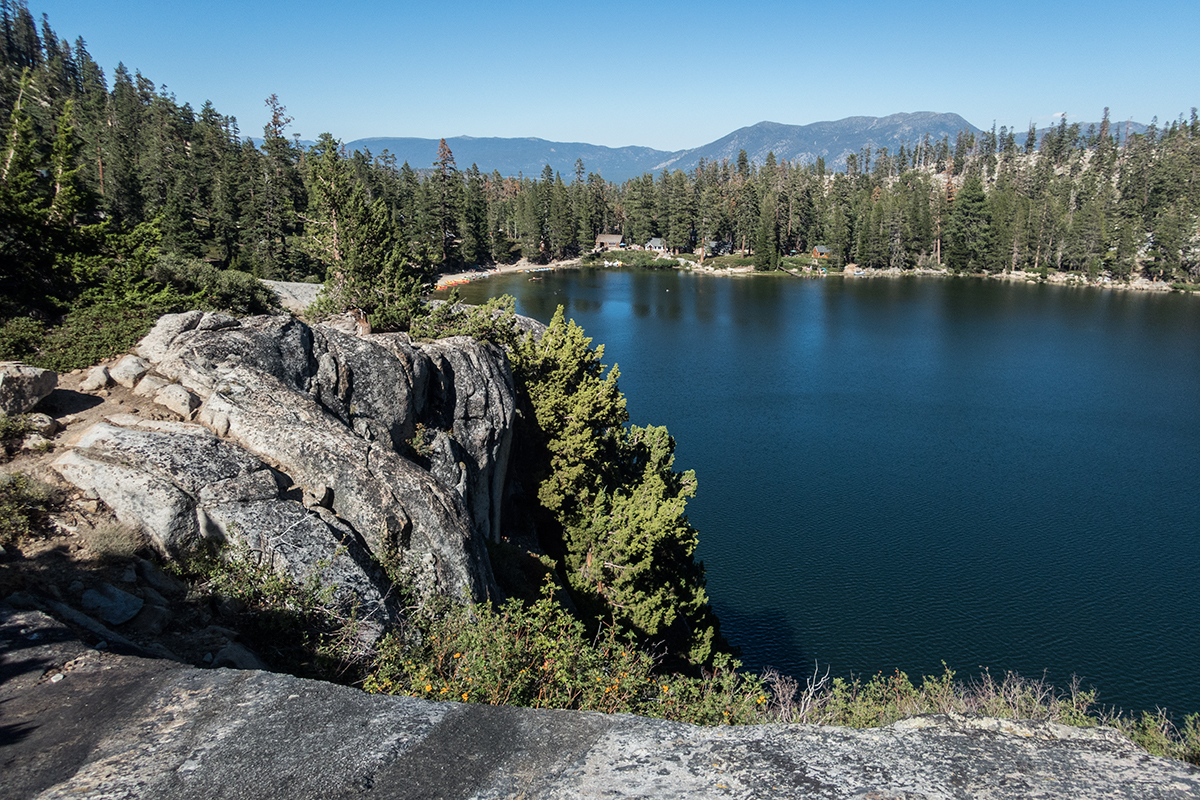


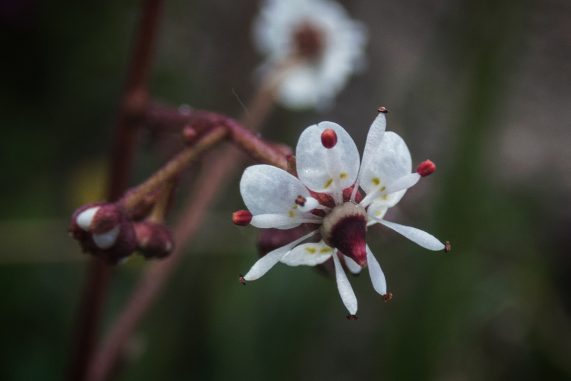

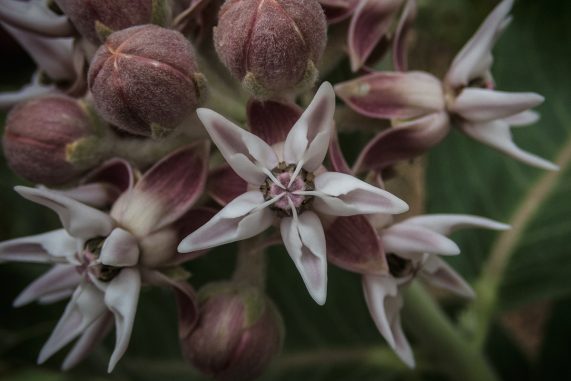
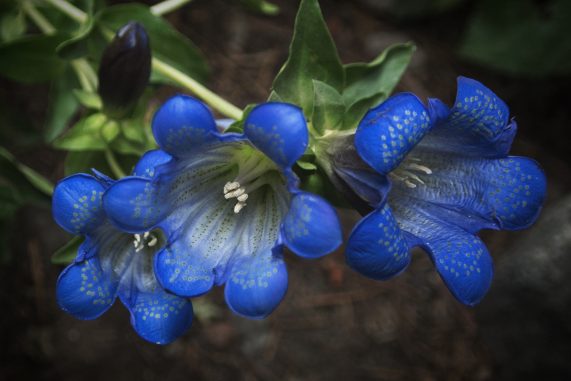

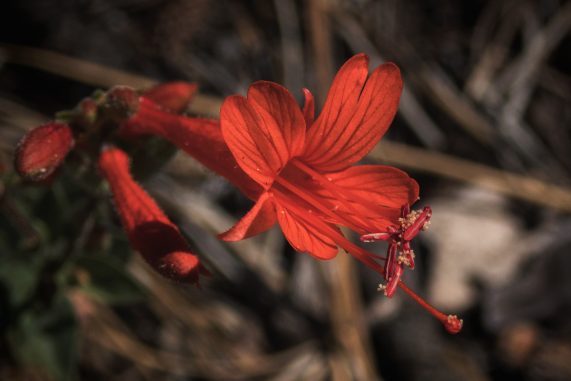

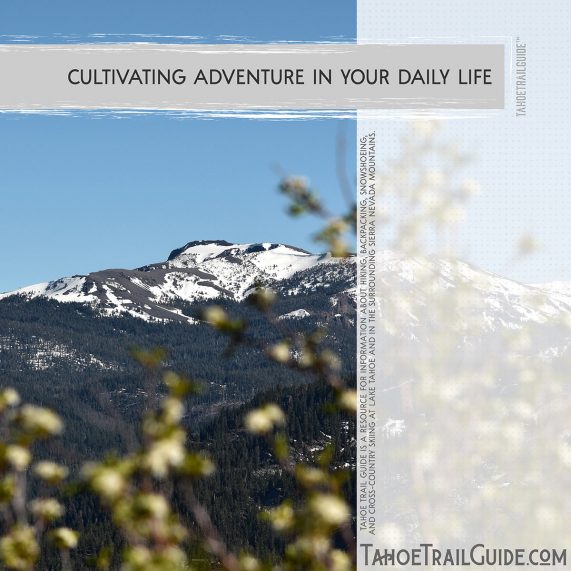
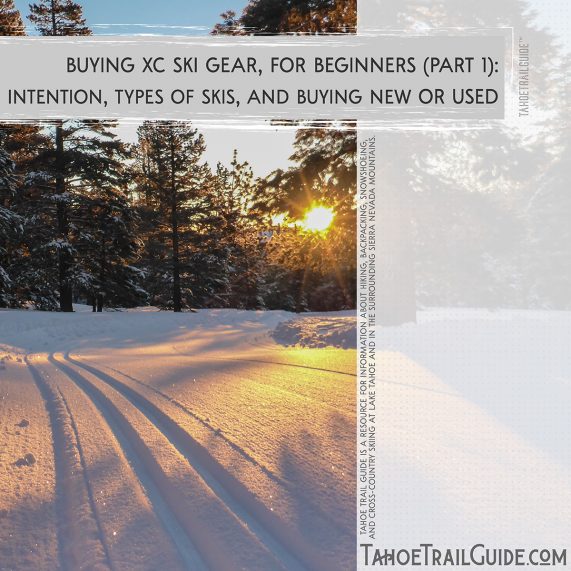
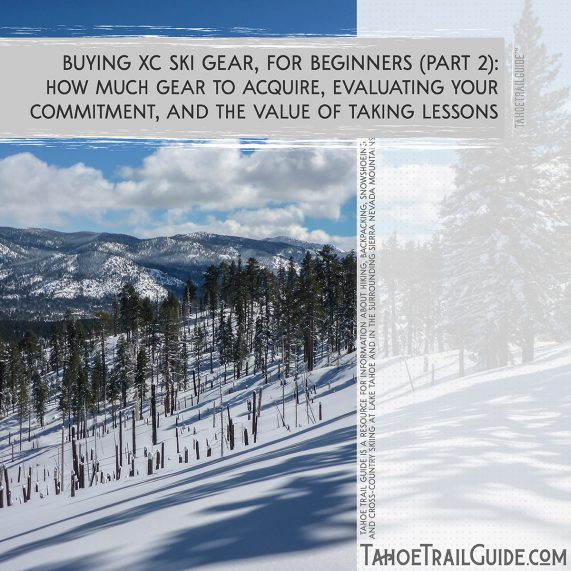
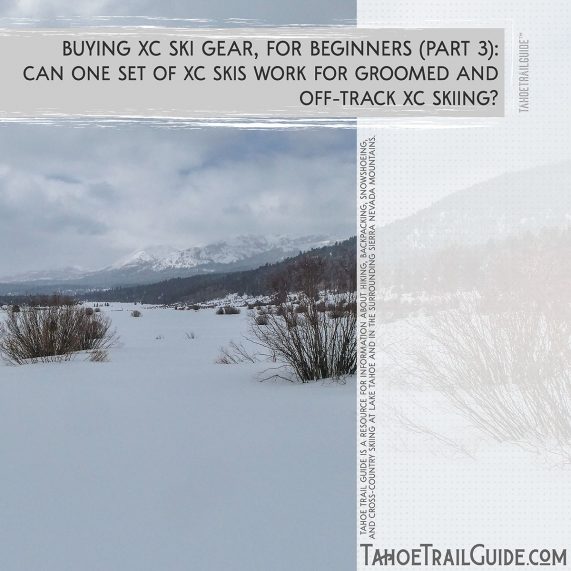

Comments (2)
Great Article Jared! More Comments Later!
Thanks, Sandy! I appreciate it 🙂